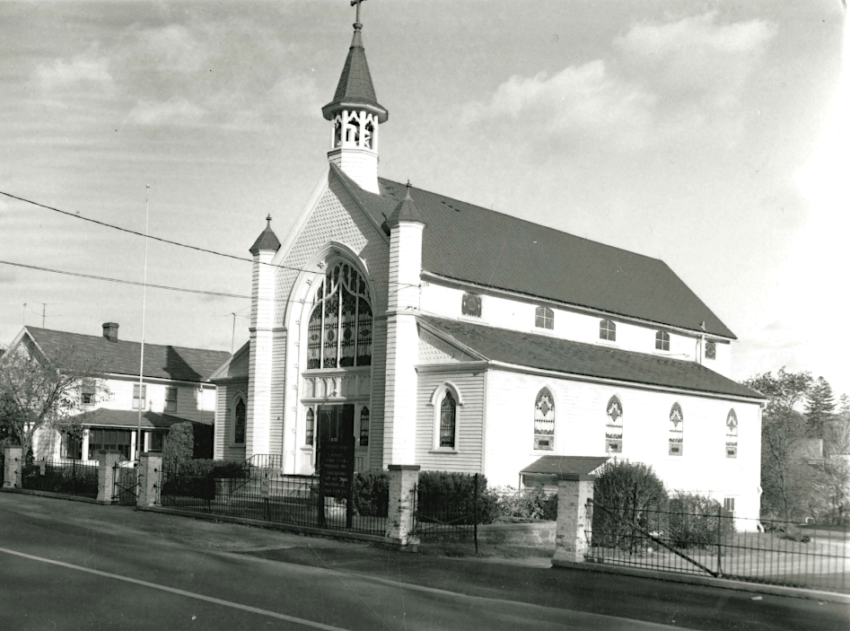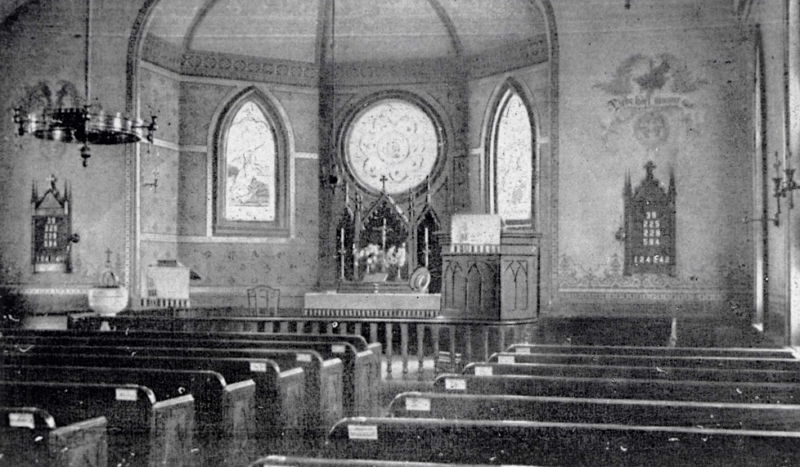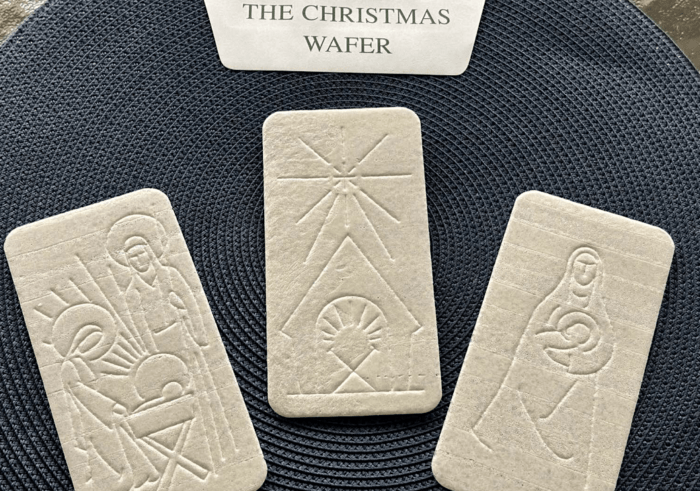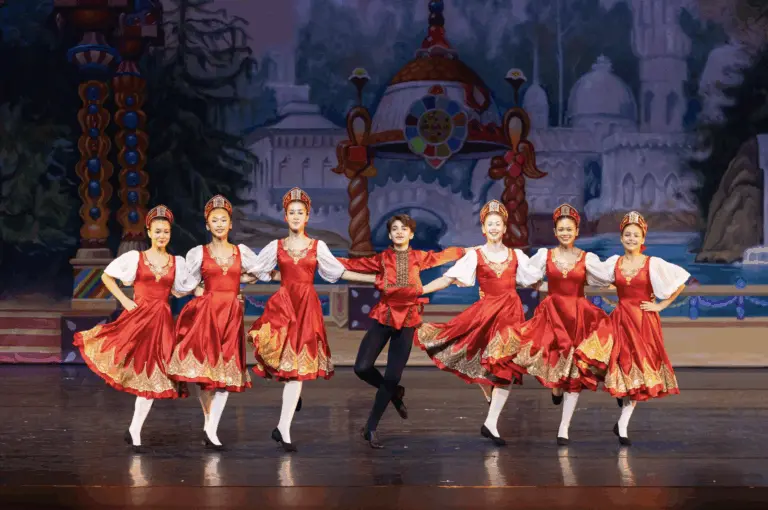
By Mary A. Jacobson
For the many Polish Catholic immigrants who lived in Glenville in the early 1900s, Christmas was a time to celebrate with the traditions they had revered for generations in their former homeland.
Frances Chmielowiec Geraghty, born in Glenville in 1907, shared with Oral History Project interviewer Katherine Scanlon her early memories of Polish traditions at Christmas when interviewed in 1975/76.
“According to the liturgical calendar in Poland, all feast days begin with Christmas Eve…And it’s a great custom, handed down for generations…Christmas Eve itself was a beautiful time.” Traditionally, at Frances’s home, hay would be placed on the dinner table, under the linen tablecloth. “The hay was (to symbolize) the manger of Christ.” At the table there would always be “one place extra set for the unseen guest” Christ. “We still observe that,” she noted.
Although many special foods were enjoyed Christmas Eve, no one was permitted to eat at all that day until the first star in the sky was spotted that evening. Children were usually given the charge of citing this star, a reference to the star of Bethlehem which led the Three Kings to the birthplace of the baby Jesus. “And when you saw the star, then you could eat. That was awfully hard on little children.”
Before sitting down at the table, the family would break and share wafers. This was in remembrance of the Last Supper in which Jesus broke bread with the disciples. These wafers came either from the local parish or from Poland. “There is an exchange of letters late in November…We send our wafers; they send theirs. And then the mother takes the wafer and dips it in honey and feeds each child individually.” Each wafer featured an imprinted design of either a liturgical symbol or a nativity scene.
Frances highlighted some of the special dishes in which she delighted for the Christmas Eve meal. “Around November the mushrooms began arriving from Poland in strings, the dried ones. Oh, how we’d wait for that! We went to the post office every day. These are real field-picked, dried mushrooms. There’s nothing like it in this country – just isn’t! And that was a treat for Christmas. It’s a nutty, woodsy flavor.” Frances described how they were repeatedly soaked in water, boiled, and added to their favorite dishes.
Homemade piroghis were another delicious traditional food. Frances explained, “They’re like raviolis…They have a cheese filling or sauerkraut filling or prune filling. And they’re boiled and the next day they’re fried in butter. They’re served hot.” Of course, Frances’s mother and helpers did quite a bit of baking for Christmas. “They made what they called babkas; the braided bread with the yellow raisins and saffron . . . great big loaves yellow with saffron and egg yolks.” A cheese-filled bread was also a favorite. “That was delicious,” Frances recalled.

The family would walk to St. Paul’s Church, which has subsequently burned down, for Midnight Mass. “The church used to be packed…Here in Glenville, we went to Midnight Mass, and then the feast came after Mass. No one slept Christmas Eve. This went on till daybreak.”
Frances could still see in her mind’s eye, the memorable, festive decorations that adorned her home. “My mother’s home on Christmas Eve was really something.” The search for the perfect cedar tree began the previous summer at Indian Spring. “All summer we’d be looking for the right tree for Christmas. And we’d say, ‘This is the one. This is the one.’” The tree would be adorned on Christmas Eve. “We had no ornaments. We made our own. We used to take crepe paper and make loops and strings. And we had candles on the tree with (tin) candle holders…And when that tree was lit, it was beautiful, truly beautiful…We used to hold hands and dance all around the tree… And we sang carols in Polish. I still have the books, the old books with the songs.” There was also time for games, including outdoor ones, like “Whichever way you hear a dog bark, that’s where your love is coming from.”
One of the most memorable gifts Frances remembered finding under the tree was “a beautiful sled, a Flexible Flyer; it would hold five of us (of her nine siblings). And that was the envy of the town. I think every child in Glenville got a ride on it.” Other gifts were simpler treasures. “We all got an orange. That was a treat. That was the only time we saw oranges…. And you wouldn’t want to eat it. You’d take it to bed and smell it under your pillow because it had to last a long time.”
Despite all these heartwarming festivities, Frances was quick to point out, “I forgot about the most interesting part about Christmas. The Polish Christmas lasts twelve days, and the climax of it is the Epiphany. That’s the Feast of the Three Kings, and that is REALLY great!”
The interview “Years Ago in Glenville – Frances Chmielowiec Geraghty” may be read in its entirety or checked out at Greenwich Library and is available for purchase at the OHP office. The OHP is sponsored by Friends of Greenwich Library. Visit the website at glohistory.org. Our narrator’s recollections are personal and have not been subject to factual scrutiny. Mary Jacobson serves as blog editor.





